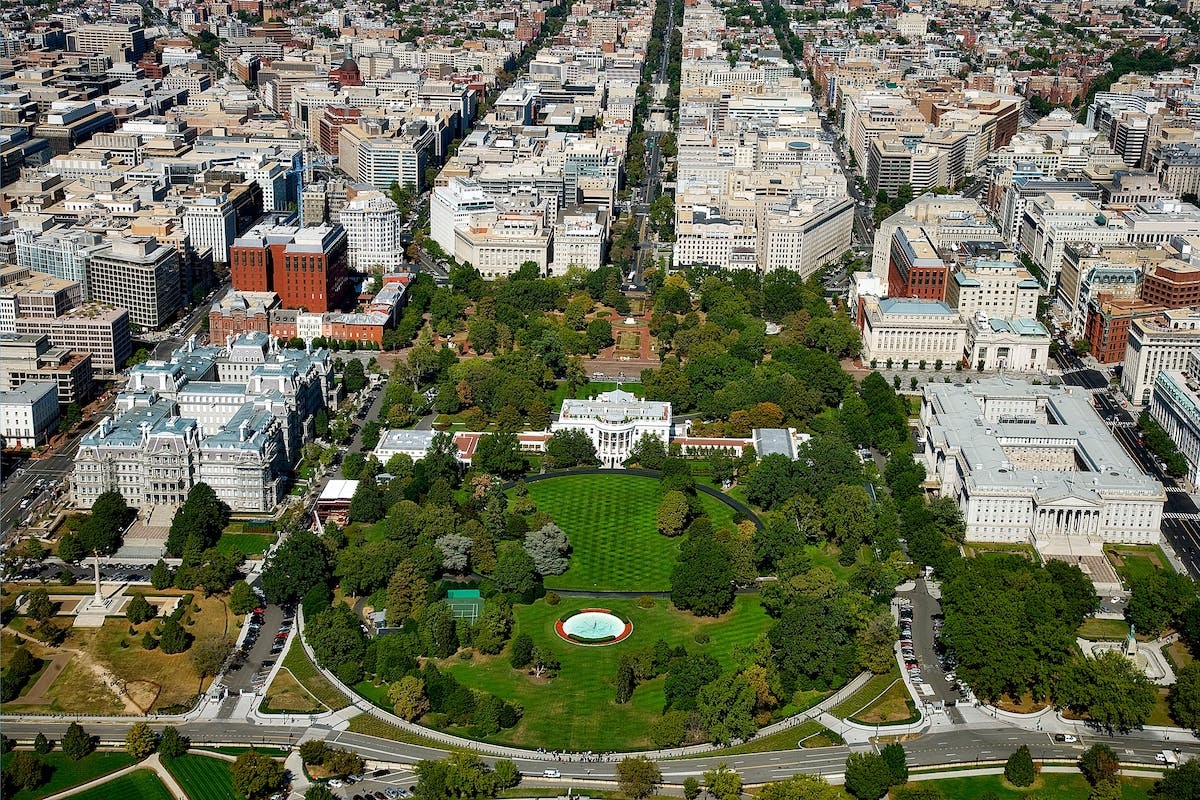This is especially true in the mid-Atlantic and northeast United States, where regions frequently overlap jurisdictions.
New York City’s sprawling influence very much includes portions of New Jersey and Connecticut. The Philadelphia region includes much of the other half of New Jersey and much of Delaware. The Technical.ly newsroom has been scolded by a Baltimore tech booster for not parsing regional economic data to their liking — should all venture capital invested in tech companies based in Maryland’s Howard County count toward Baltimore’s regional tally, or not?
As one data analyst said while describing Greater Boston last year: “There’s always different ways to understand what a region is, and really the answer is: ‘Well, what’s the question you’re trying to answer?’”
Which brings us to DC, or Greater Washington DC, or the National Capital Region — or, heaven help us, The Beltway.
Though many regions here and elsewhere in the country cross county and state boundaries, DC is unusual, of course, because it is a federal district bounded entirely by Maryland and Virginia. This region’s population intermingles across state lines as much as anyone. That gave rise to “DMV,” a nickname coined in the 1990s by go-go musician Kibwe Galloway for DC, Maryland and Virginia. It’s the term Technical.ly uses for the region, alongside the “DC tech community” and “DC tech economy” when we’re referring to the tech businesses, entrepreneurs and tech workers who span that region.
That works just fine when we’re describing how people identify: Most will tell us if they live in the DC region, whereas many who identify more with Baltimore whom I’ve asked view the “DMV” term with suspicion. Murky terms won’t do for statistics, though.
Earlier this year, we at Technical.ly launched an internal Tech Economy Dashboard for our newsroom and our clients. It pulls from data provider Lightcast and select government sources, and info on the DC region uses the US Bureau of Labor Statistics’s clearly defined, if clumsily named “Washington-Arlington-Alexandria, DC-VA-MD-WV Metropolitan Statistical Area.”
Here’s how the BLS defines it: “The Washington-Arlington-Alexandria, D.C.-Va.-Md.-W.Va. Metropolitan Statistical Area (MSA) includes the District of Columbia; Arlington, Clarke, Fairfax, Fauquier, Loudoun, Prince William, Spotsylvania, Stafford, and Warren Counties, and Alexandria, Fairfax, Falls Church, Fredericksburg, Manassas, and Manassas Park Cities in Virginia; Calvert, Charles, Frederick, Montgomery, and Prince George’s Counties in Maryland; and Jefferson County in West Virginia.”
In contrast, Maryland’s Howard and Anne Arundel counties are part of the Baltimore-Columbia-Towson statistical area, and, for another example, Virginia’s Hanover County is part of the Richmond statistical area.
So when Technical.ly looks at DC’s regional tech workforce numbers, the total is spread across that geography, which we’ll continue to lovingly refer to as the DMV. Other times we’ll look specifically at data from the city of Washington DC, which we often call the District. Baltimore will stand firmly on its own, even as we sort through the data with advocates there. Whenever our newsroom gets lists and rankings and data reports from others, we aim to sort through what geography they’re really using.
Some may note that the federal government also produces analysis that puts the DC and Baltimore regions into a combined statistical area. That makes it the third mightiest in the country, and one of the biggest in the world. It’s just not how many people identify. Perhaps that might change over time.







